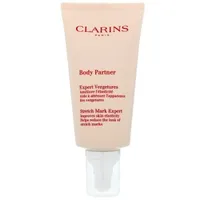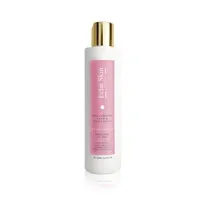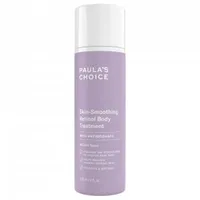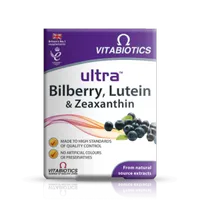How to get rid of stretch marks
An estimated 80% of people have stretch marks - but how can you get rid of them?
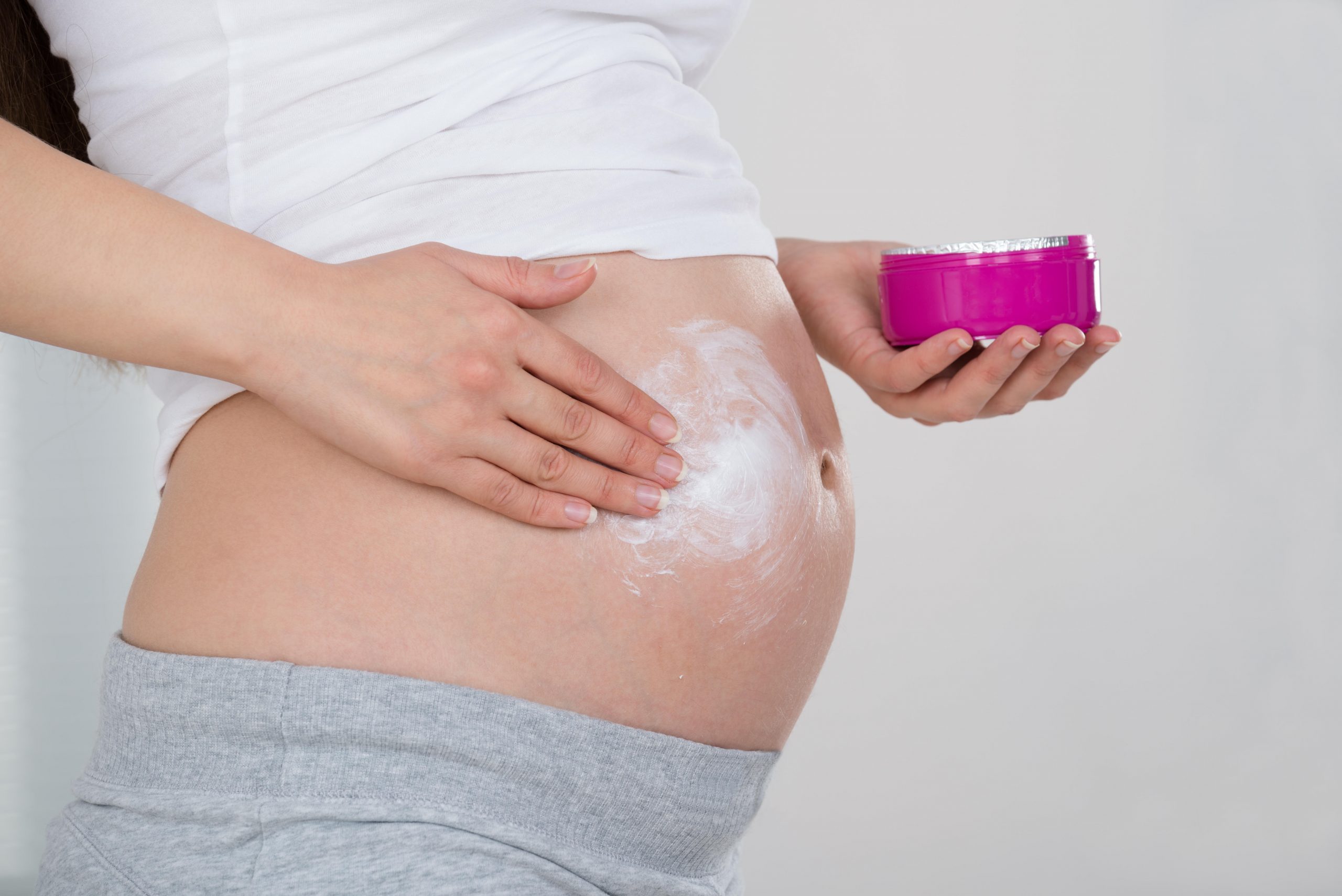

Ever wondered how to get rid of stretch marks? The experts reveal the products and procedures you should try
'How to get rid of stretch marks' is one of the most commonly asked beauty questions on the internet. They are a very common and completely normal part of a person's body and both men and women experience streaky lines on the skin.
Stretch marks are most commonly associated with changes to your body during pregnancy and can be a source of worry after having a baby, when postpartum hair loss can also be an issue.
Products like Bio Oil line the beauty shelves, all promising to diminish stretch marks but it can be hard to distinguish which is right for you - and which really work. We asked two dermatology experts for their advice for solving this niggling skin concern. Read on for trustworthy advice you can rely on.
What are stretch marks and what causes them?
Stretch marks appear as lines across the skin and can be pink, purple, red, brown or silver in colour. According to Dr Anjali Mahto, dermatologist at London’s Skin55 clinic, “Stretch marks (or striae) are a type of linear mark or scar which occurs due to damage to collagen and elastin in the deeper layers of the skin.”
This essentially means that the deeper layers of your skin (the dermis) have torn, leaving a visible mark on the outer layers of the skin (the epidermis). There are many different causes of stretch marks but genetics can play a huge part in whether you’ll develop them or not. In other words, if your parents or grandparents had stretch marks, it’s highly likely you will too.
Dr Dev Patel, Founder & Medical Director of Perfect Skin Solutions & Perfect Skin Academy explains why stretch marks occur, “Stretch marks may appear when skin is stretched or shrunk over a short period of time, e.g during pregnancy or crash weight loss. Other causes include overuse of steroids, puberty and certain endocrine (hormonal system) disorders.
“The skin’s structural integrity is maintained by proteins like collagen and elastin. These rapid changes result in breaks in the fibres of these proteins, causing the visual appearance we refer to as stretch marks. These are really a form of scarring.”

How to get rid of stretch marks
You may have heard that skincare ingredients like cocoa butter, vitamin E, almond oil or olive oil are the go-to ingredients. However, there’s little scientific evidence to suggest that they work. These ingredients will moisturise the skin which can lessen the appearance of stretch marks but, they won’t eradicate them completely:
1) Centella
If you are wanting to go down the more natural route of solving your stretch marks, there is some evidence to suggest that centella may help. Centella (centella asiatica) is a herb that is used in skincare to increase skin cell regeneration, commonly found in stretch mark creams for expectant mothers as it’s safe to use whilst pregnant. Apply a centella based cream and stretch marks should fade.
The original stretch mark cream is a fantastic product for hydrating the skin and will leave it feeling supple and soft. It contains centella and can help to lessen the look of stretch marks but it’s important to say that it won’t ‘cure’ them.
2) Hyaluronic acid
Dr Dev Patel suggests that people with stretch marks should also give hyaluronic-infused skincare a go, “Hyaluronic acid does have evidence to support its role in [stretch mark] prevention. My advice to anyone who is going through a process likely to lead to stretch marks, e.g. pregnancy, is to apply hyaluronic acid from the start of pregnancy.”
A luxurious body cream that sinks into the skin and feels like a thirst-quenching, milky drink for parched skin. It’s rich in hyaluronic acid so gives your skin its best shot at reducing stretch marks.
3) Retinoids
He also recommends using retinol-based products, although these should never be used whilst pregnant. “Retinoids (vitamin A family) have also been shown to help reduce the appearance of stretch marks. However, the strongest form, Tretinoin, is only available on prescription. Retinoids should not be used during pregnancy due to the risk of affecting the unborn child. ”
The only ingredient proven to reverse skin ageing, research behind retinol suggests it’s also great for treating stretch marks. Smooth the cream on problem areas but do not use if you are pregnant.
4) Omega-rich moisturising cream
Cult pregnancy brand Mama Mio have an incredibly popular stretch mark cream with a 4.7 star rating that reviewers can't seem to get enough of. The secret you ask? Their Tummy Rub Butter contains Omega rich oils - Avocado Oil, Inchi Oil and Argan Oil - which are all credited as the key to helping skin stay supple, elastic and strong.
This 100% natural and nourishing cream smells heavenly with hints of Bergamot, Mandarin and Lime. Plus the Vitamin E, Shea Butter and omega rich oils work together to improve your skin's elasticity and moisture content - which helps fight back against stretch marks during pregnancy and beyond.
5) Skin supplements
Support your natural collagen by taking a daily supplement that contains anthocyanin. This ingredient, found in blackcurrants, has been proven to increase the levels of collagen in the skin and may help to lessen the appearance of stretch marks.
Support your natural collagen by taking a daily supplement that contains anthocyanin. This ingredient, found in blackcurrants, has been proven to increase the levels of collagen in the skin and may help to lessen the appearance of stretch marks.
6) Body brushes
Using a round buffing brush is a brilliant way of increasing circulation to the skin and sloughing off dead skin cells. Although this technique won’t cure stretch marks, it will help to reduce their appearance.
Using a round buffing brush is a brilliant way of increasing circulation to the skin and sloughing off dead skin cells. Although this technique won’t cure stretch marks, it will help to reduce their appearance.
7) Cosmetic treatments
If you’ve tried the over-the-counter products and haven’t seen an improvement in your stretch marks, a clinic might be able to offer you stretch mark treatment.
From her Skin55 clinic in London, Dr Anjali Mahto explains how important it is to have realistic expectations when treating stretch marks, ‘There are multiple clinic options which can be considered for stretch marks after appropriate consultation and examination. Setting expectations of realistic outcomes as well as recognising that often multiple sessions are required to see gradual improvement is vitally important. Clinic-based treatments can include micro needling, lasers, radiofrequency or microdermabrasion are more likely to be of benefit than OTC gels and creams.”
These in-clinic treatments are specific to the individual so to get the most suitable treatment for you, a consultation is essential. Some procedures can be costly so it’s worth thinking about budget too, “Treatment choice depends on extent and severity of stretch marks, body location, budget, as well as consideration of acceptable recovery time after a procedure.”
Can you get rid of stretch marks completely?
The simple answer to this question is, unfortunately, not. But the good news is that you can certainly lessen the appearance of stretch marks. Of course, the success of any treatments will depend on the severity of the marks. The more pronounced the stretch mark, the more difficult they are going to be to treat.
Dr Mahto explains, “Getting rid of stretch marks altogether is extremely difficult and at best they will lighten over time. Some medical treatments may result in mild to moderate improvement very much depending on the extent, severity and location. However, it's unrealistic to think skin will go back to looking exactly the way it did prior to the stretch marks developing, regardless of the treatment plan.”
Do stretch go away when you lose weight?
If you’ve experienced stretch marks due to weight gain or pregnancy and wondered if losing weight fast will make them disappear. Unfortunately, it’s very unlikely.
“Once the structural damage has occurred resulting in the stretch marks, only active treatment is likely to give noticeable improvement. Of course, the colour of the marks can change naturally over time. Initially, they are red or pink (striae rubra) as blood vessels are near the skin surface. These are easier to treat. In time, these become white (striae alba), which are more challenging but not impossible to treat.” Says Dr Dev Patel.
Can anything prevent stretch marks?
If you’re worried about developing stretch marks or you’re at the early stages of pregnancy and worrying about a growing belly there are a couple of options for preventing them.
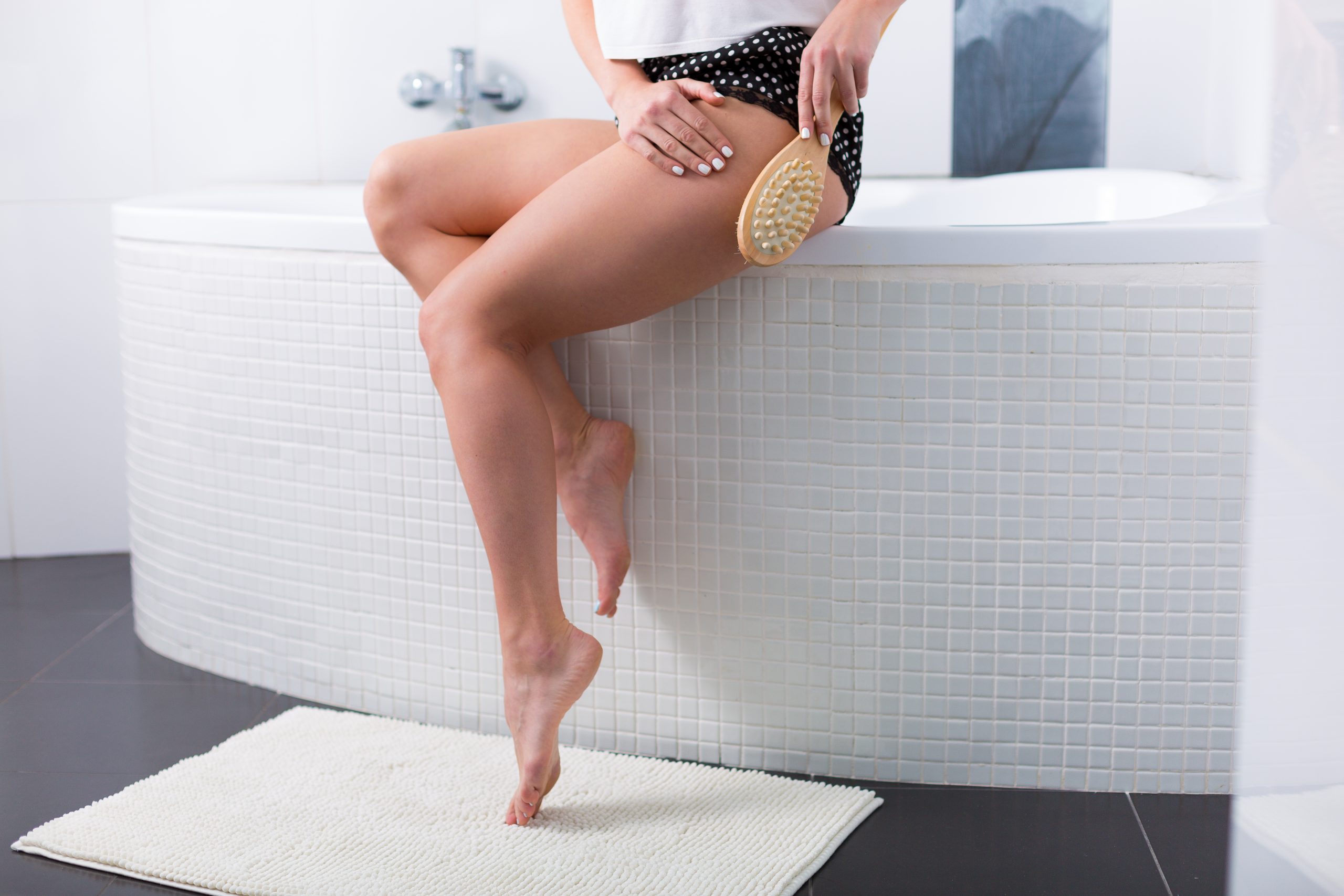
Try daily skin buffing and applying a body moisturiser that contains hyaluronic acid. These two combined will hydrate dry skin cells, keep upper layers of the skin supple and make any marks that do appear, less noticeable.
An estimated 80% of adults have stretch marks making them incredibly common but, as Dr Anjali Mahto suggests, there is little you can do to completely prevent them. “It is extremely difficult to prevent the formation of stretch marks. Keeping weight in a healthy range and exercising regularly to prevent rapid weight loss or gain can be of benefit but there is still no fail-safe guarantee. Some people are simply genetically more prone to developing these and it is also important to recognise how common they actually are - nearly everyone has them!”
Parenting advice, hot topics, best buys and family finance tips delivered straight to your inbox.

Emma North is a Senior Beauty Writer who works for digital titles including woman&home, Woman, Woman’s Weekly, Woman’s Own, Chat and GoodtoKnow. Emma’s career in beauty journalism began with internships at publications including Vogue, Elle, The Telegraph and Glamour while she undertook a degree in journalism. She was then taken under the wing of Funmi Fetto, Contributing Beauty Editor at Vogue where Emma assisted with Funmi’s debut beauty book, Palette
